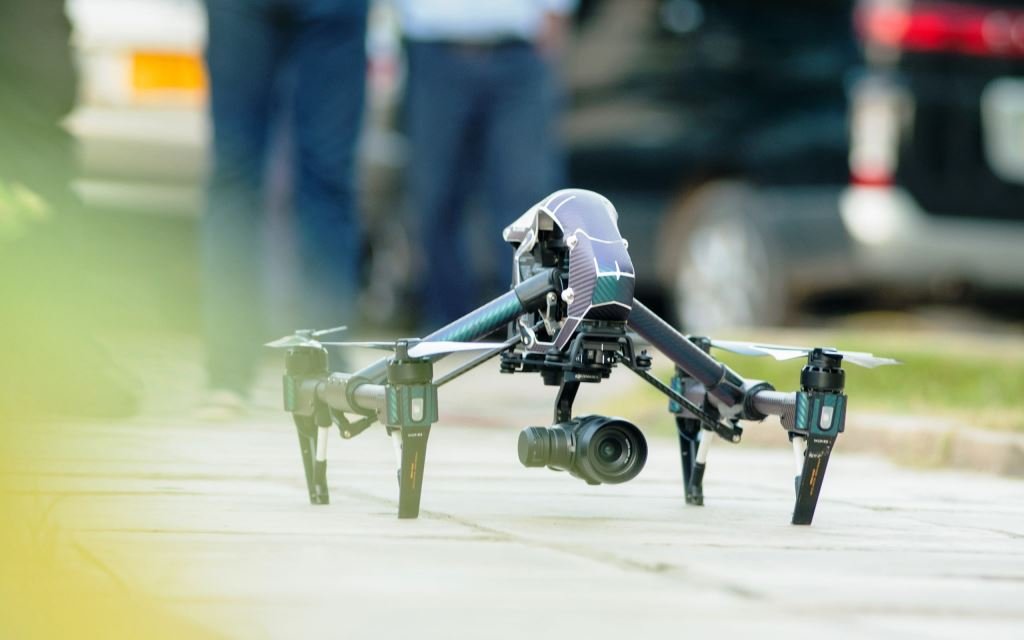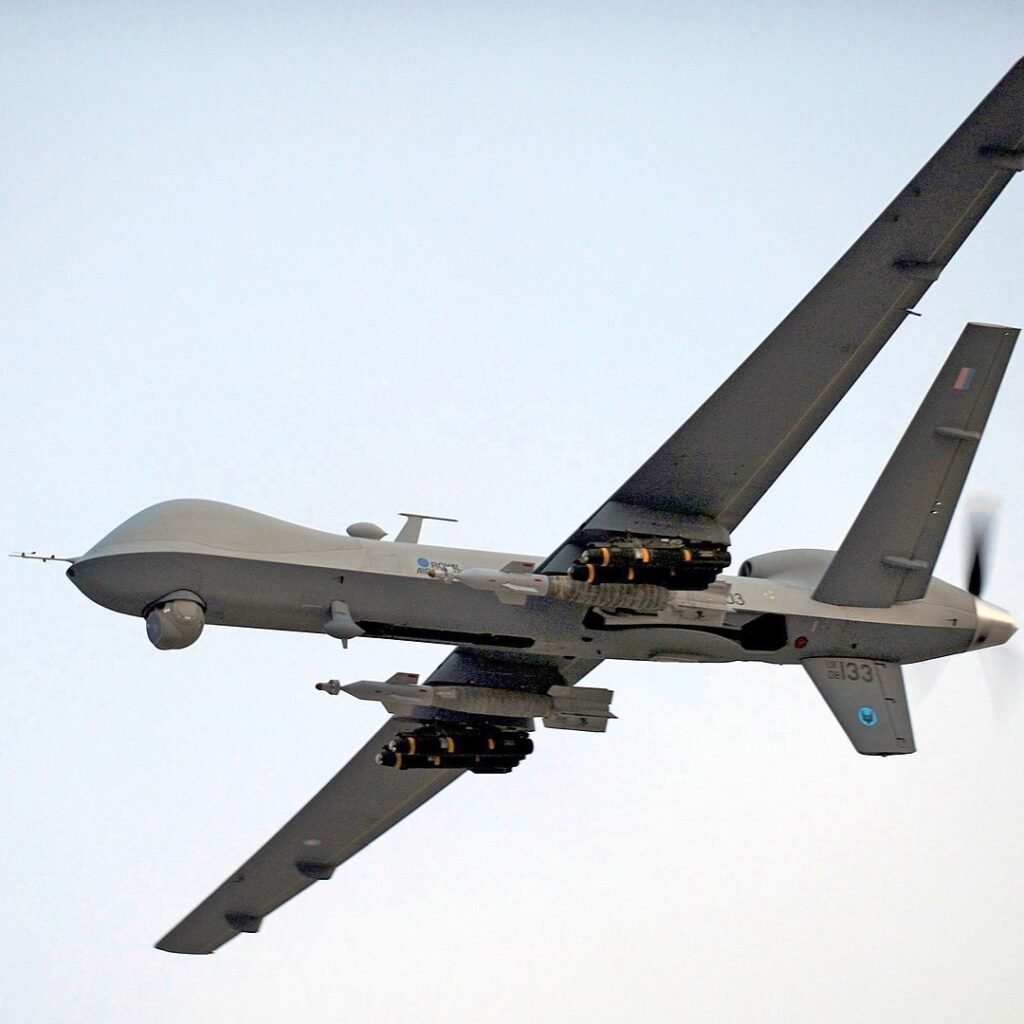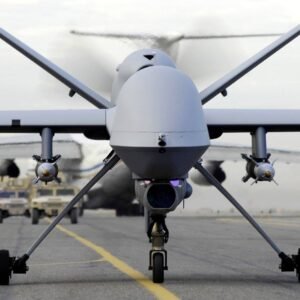Introduction
Unmanned Combat Aerial Vehicles (UCAVs) are unmanned aerial vehicles designed to perform various military missions, including intelligence gathering, surveillance, and precision strikes against enemy targets. They have become a critical component of modern warfare due to their unique capabilities, including long endurance, speed, and stealth. This article will discuss the history and evolution of UCAV technology, from the early prototypes to the modern UCAVs used in contemporary warfare.

Early UCAV Prototypes
The first UCAV prototype, the Radioplane OQ-2, was developed in the early 1940s by the U.S. Navy. It was primarily used for target practice and aerial photography. The OQ-2 was a small, propeller-driven aircraft that could be controlled remotely by an operator on the ground. While it was not designed for combat, it served as a precursor to the UCAVs that would be developed in the future.
In the 1960s, the U.S. Air Force developed the Ryan Firebee, which was the first UCAV to be used in combat. The Firebee was used primarily for reconnaissance and surveillance missions during the Vietnam War. It had a range of up to 1,500 miles and could fly at speeds of up to Mach 0.85. However, the Firebee was not equipped with weapons and was primarily used for intelligence-gathering purposes.
Advancements in UCAV Technology
In the 1980s, advancements in UCAV technology led to the development of the General Atomics MQ-1 Predator. The Predator was equipped with Hellfire missiles and laser-guided bombs and was used extensively during the Afghanistan and Iraq Wars. It had a range of up to 400 miles and could fly for up to 24 hours. The Predator was also equipped with advanced sensors, including radar and infrared cameras, which allowed it to conduct reconnaissance and surveillance missions in addition to carrying out precision strikes.

The success of the Predator led to the development of the General Atomics MQ-9 Reaper, which was an upgraded version of the Predator. The Reaper was larger and faster than the Predator and was equipped with more advanced sensors and weapons systems. It had a range of up to 1,150 miles and could fly at speeds of up to Mach 0.9. The Reaper was also capable of carrying up to 14 Hellfire missiles, which made it a formidable weapon in combat.
UCAV Autonomy and Artificial Intelligence
One of the key advancements in UCAV technology has been the development of autonomy and artificial intelligence. In the early days of UCAVs, they were primarily controlled by human operators on the ground. However, advancements in artificial intelligence have led to the development of autonomous UCAVs that can operate without human intervention.
The U.S. Navy’s X-47B is an example of an autonomous UCAV. The X-47B is designed to take off, fly, and land on aircraft carriers without human intervention. It is equipped with advanced sensors and artificial intelligence systems that allow it to navigate and avoid obstacles in real time. The X-47B was also equipped with weapons systems, which allowed it to carry out precision strikes against enemy targets.
Future Developments in UCAV Technology
The future of UCAV technology looks promising, with advancements in artificial intelligence, sensor technology, and weapons systems. One area of development is the integration of UCAVs with manned aircraft. This would allow UCAVs to operate in conjunction with manned aircraft and increase their effectiveness in combat operations. Another area of development is the use of swarms of UCAVs. Swarms of UCAVs could be used to overwhelm enemy defenses and carry out coordinated attacks on multiple targets simultaneously.
Advancements in sensor technology are also expected to improve the capabilities of UCAVs. Sensors that can detect and track targets at greater distances and with greater accuracy will allow UCAVs to carry out precision strikes with even greater effectiveness.
The development of directed energy weapons, such as lasers and high-powered microwaves, could also revolutionize UCAV technology. These weapons would allow UCAVs to engage targets at greater distances and with greater accuracy than traditional kinetic weapons.

Ethical and Legal Implications
The use of UCAVs in modern warfare has raised ethical and legal concerns. One concern is the potential for UCAVs to be used for indiscriminate killings of civilians. Critics argue that UCAVs make it too easy for operators to launch attacks without proper consideration for the potential harm to civilians.
Another concern is the lack of accountability for UCAV operators. UCAVs are often operated remotely by operators who are far removed from the battlefield. This can make it difficult to hold operators accountable for their actions in the event of civilian casualties or other violations of international law.
UCAVs have come a long way since the early prototypes of the 1940s. Advancements in technology have led to the development of highly advanced UCAVs that are capable of conducting a range of military missions, including reconnaissance, surveillance, and precision strikes. The future of UCAV technology looks promising, with advancements in artificial intelligence, sensor technology, and weapons systems. However, the use of UCAVs in modern warfare raises ethical and legal concerns that must be addressed to ensure that they are used in a responsible and accountable manner.
Read More about PD100 Black Hornet Drone.










